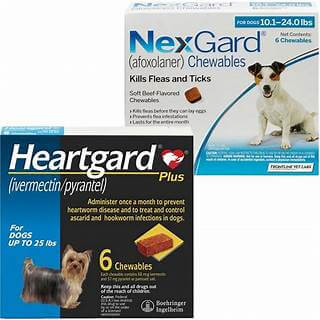Specific aspects need keen attention to rid your home and pet of fleas. Paramount among them is acquainting yourself with fleas' intricate life stages to wipe them out.
Fleas undergo four distinct phases in their development: egg, larva, pupal, and adult stages. This entire cycle can fluctuate from a few weeks to several months, depending on environmental factors. Fleas thrive best in conditions hovering around 70-85°F with a humidity level close to 70 percent.

Flea Eggs
Every flea's life kicks off when a mature female flea deposits eggs after feasting on blood from a host, like your furry friend. This blood meal is crucial for the female flea's reproductive capabilities. These minuscule eggs, whiter in appearance and a tad smaller than a sand grain, are placed within the pet's fur, typically in clusters of approximately 20. Astonishingly, a single mature female can produce around 40 eggs daily.
As your pet ambles around, these eggs inevitably fall off, scattering in the surroundings where your pet frequents. In a typical household, eggs constitute roughly half (50%) of the total flea count.
The duration for these eggs to mature ranges from a couple of days to a fortnight, heavily dependent on the surrounding conditions. Chilly and arid conditions might prolong their development, whereas warmer climes and high moisture levels expedite their hatching. Following this phase, the larvae debut as the subsequent stage of the flea's life.
Flea Larvae
The larvae that hatch are sightless and naturally shy away from exposure to light. They undergo growth over weeks, nourishing themselves on predigested blood, often referred to as flea "dirt," excreted by mature fleas and other organic remnants in their habitat.
Regarding physical attributes, flea larvae can extend up to a length of ¼-inch, presenting a pale, nearly translucent complexion and devoid of legs. They account for an estimated 35% of a household's flea populace. Given the right conditions, these larvae will weave into cocoons within 5 to 20 days post-hatching. Subsequently, they transition into the ensuing phase of their life, commonly termed the pupal or cocoon stage.
Flea Pupae
The pupal phase in the flea's life cycle represents approximately 10% of the total flea count in a household. Serving as the final transformational phase, the cocoon safeguards the developing flea. This protection can last from a few days to weeks, depending on external conditions. Remarkably, if the surroundings aren't conducive to the flea's emergence, the cocoon's protective nature can extend for several months and, in rare instances, even years.
With a tacky external layer, these cocoons can embed themselves deep within carpets, resisting removal through vacuuming or brushing. This adhesive layer further shields the maturing fleas from chemical intrusions.
The transition to adulthood within the flea necessitates distinct environmental cues. The mature flea remains cocooned until signals of a nearby host are detected, such as vibrations, an increase in carbon dioxide, or warmth. Such indicators might come from your pet's footsteps or human activity in the house, prompting the flea to break free and seek nourishment.
Adult Fleas
Upon breaking free from its cocoon, a flea is immediately on the hunt to feed from a host within hours. Mere moments after its inaugural meal, mating occurs, and the egg-laying process begins in just days. It's vital to note that female fleas require a blood meal to kickstart their egg-laying process.
Freshly matured fleas present a compact, flattened structure, appearing minuscule and dark. As they feed on your pet, they expand in size, and their color lightens, adopting the classic silhouette associated with fleas. Astonishingly, adult fleas make up a minor fraction, less than 5%, of a household's total flea composition. These adults predominantly reside on their host, engaging in feeding, reproduction, and egg deposition. Their lifespan on the host ranges from a few weeks to multiple months.
Eliminating Fleas
Leverage your understanding of the flea life cycle for effective infestation eradication. Consistently vacuum your space for multiple weeks and diligently clean bedding and toys in warm, sudsy water to purge eggs, larvae, and pupae. After vacuuming, it's essential to seal the vacuum bags securely and discard them promptly. To expedite the emergence of any dormant pupae, consider utilizing a humidifier and slightly elevating your home's temperature. By ensuring all latent pupae come out, you can then ensure their comprehensive elimination. Safely use sprays and foggers to treat your home and eradicate the remaining flea population.
Best Flea Treatment For Dogs And Cats?
Address the adult fleas residing on your furry friend using specific shampoos like those for cat or dog flea and tick prevention, along with sprays, dips, spot-on remedies, or specialized treatments prescribed by your veterinarian. If you're uncertain or have worries about your pet's age or overall health, your vet is the ideal resource to guide you on the optimal treatment.
While fleas pose a challenging elimination task, triumph is achievable with persistence and the judicious use of safe, appropriate treatments. Addressing every locale your pet frequents, encompassing the car and the outdoor yard, is crucial.
'






